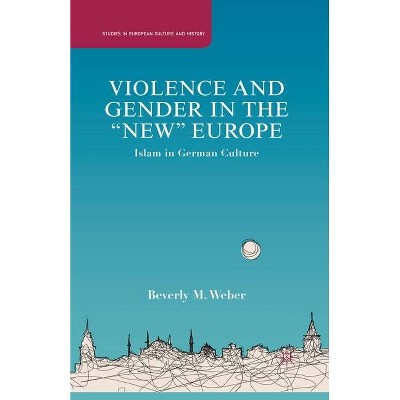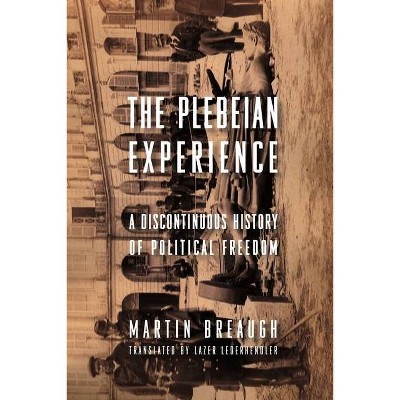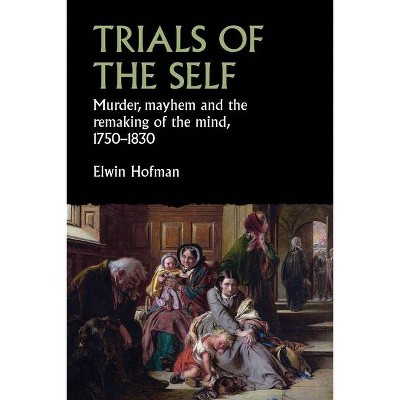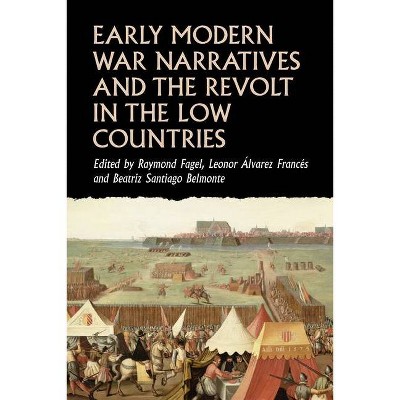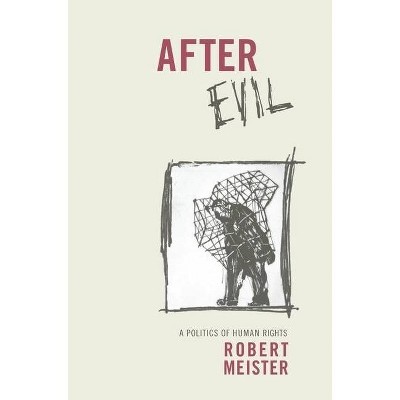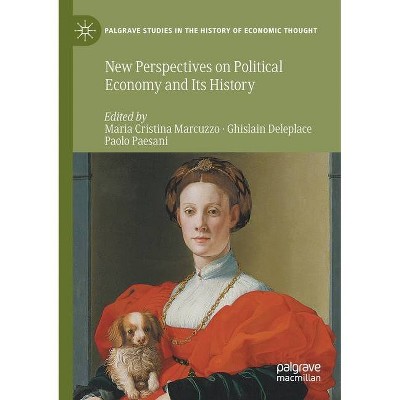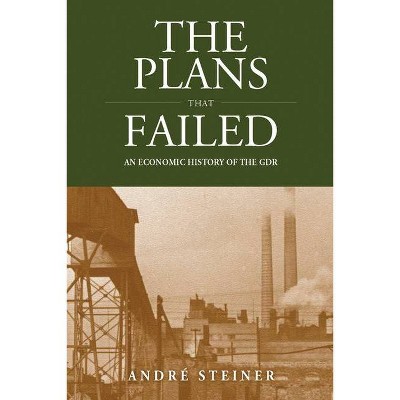Political Violence in the Weimar Republic, 1918-1933 - (Studies in German History) by Journal Of Modern European History (Paperback)
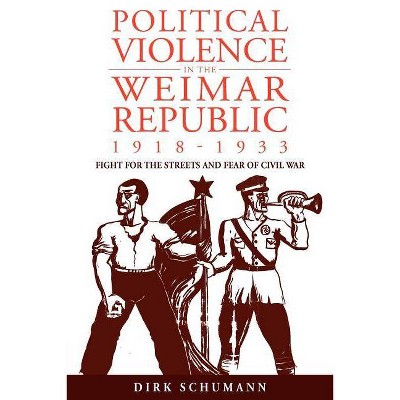
Similar Products
Products of same category from the store
AllProduct info
<p/><br></br><p><b> Book Synopsis </b></p></br></br><p> <strong>A comprehensive analysis of political violence in Weimar Germany with particular emphasis on the political culture from which it emerged.</strong></p> <p> "Today's readers, living in what Charles Maier calls 'a new epoch of vanished reassurance', will find this book absorbing and troubling."--<em>The Historian</em></p> <p> The Prussian province of Saxony--where the Communist uprising of March 1921 took place and two Combat Leagues (Wehrverbände) were founded (the right-wing Stahlhelm and the Social Democratic Reichsbanner)--is widely recognized as a politically important region in this period of German history. Using a case study of this socially diverse province, this book refutes both the claim that the Bolshevik revolution was the prime cause of violence and the argument that the First World War's all-encompassing "brutalization" doomed post-1918 German political life from the very beginning. The study thus contributes to a view of the Weimar Republic as a state in severe crisis but with alternatives to the Nazi takeover.</p> <p> <em>From the introduction: <br /> After the phase of civil war, political violence assumed a distinctly limited form. It was no longer aimed at killing or wounding as many opponents as possible; instead, it served political parties and organizations as an instrument for exerting pressure in the struggle over control of the street. This development was driven by the Combat Leagues (Wehrverbände) of all political camps, who, with their uniforms and marches, injected militaristic elements into the political culture. However, since the violence they perpetrated followed a political and not a military logic, it was, as I will show, in principle controllable and did not pose a fundamental threat to the political order, not even in 1932, that particularly turbulent year before Hitler's assumption of power. </em></p><p/><br></br><p><b> Review Quotes </b></p></br></br><br><p> <em>"In his exceptional regional study of the Prussian province of Saxony, Schumann offers a richly detailed analysis of political violence in the Weimar Republic...This is a wordy but methodical and ultimately convincing work of scholarship."</em> <strong>- Choice</strong></p> <p> <em>"In noting that political violence was the product of choices made by political actors rather than the result of irresistible forces ...Schumann issues a pertinent warning while making a first-rate contribution to the scholarly literature on the Weimar Republic."</em> <strong>- Central European History</strong></p> <p> <em>"Today's readers, living in what Charles Maier calls 'a new epoch of vanished reassurance', will find this book absorbing and troubling."</em> <strong>- The Historian</strong></p> <p> <em>"[A[ well-documented and skillfully argued book."</em> <strong>- German Studies Review</strong></p> <p> <em>"Schumann ... calls into question some assumptions, provides interesting nuances, and helps to refine our understanding of the nature of political violence in Weimar Germany."</em> <strong>- Journal of Modern History</strong></p> <p> <em>"... provides a well-documented, solid narrative and challenging analysis of Weimar's political violence..."</em> <strong>- American Historical Review</strong></p> <p> <em>"[This] definitive work, rich in source material and analysis, dispels stereotypes of political violence in the Weimar Republic."</em> <strong>- Historische Zeitschrift</strong></p><br><p/><br></br><p><b> About the Author </b></p></br></br><p> <b>Dirk Schumann</b> is Professor of History at Georg-August University, Göttingen. He is the co-editor of <i>Life After Death</i> (2003), <i>Violence and Society after the First World War</i> (first issue of <strong>Journal of Modern European History</strong> [2003]), <i>Between Mass Death and Individual Loss</i> (2007). Most recently, he has edited <em>Raising Citizens in the "Century of the Child". The United States and German Central Europe in Comparative Perspective</em> (2010).</p>
Price History
Cheapest price in the interval: 29.95 on December 20, 2021
Most expensive price in the interval: 34.95 on November 8, 2021
Price Archive shows prices from various stores, lets you see history and find the cheapest. There is no actual sale on the website. For all support, inquiry and suggestion messages communication@pricearchive.us
